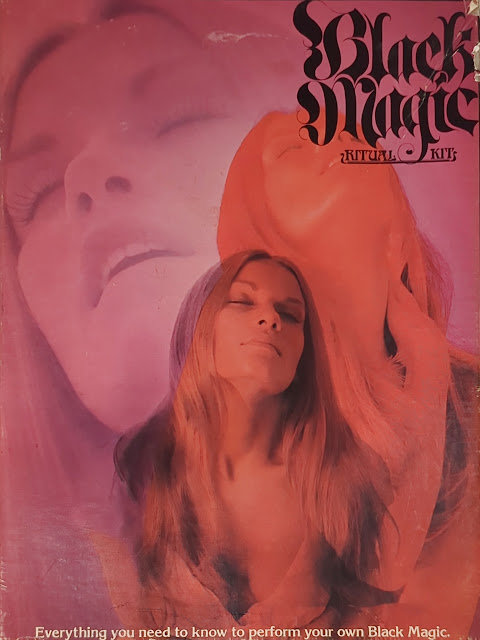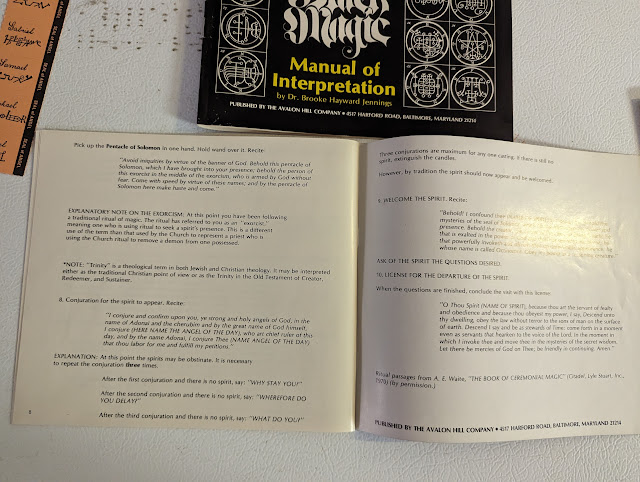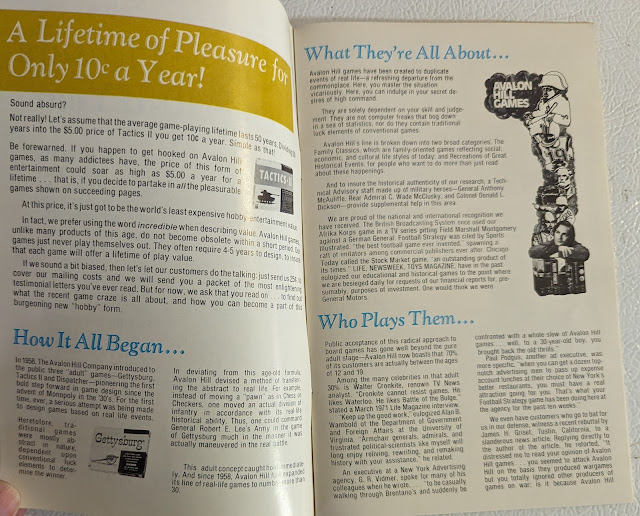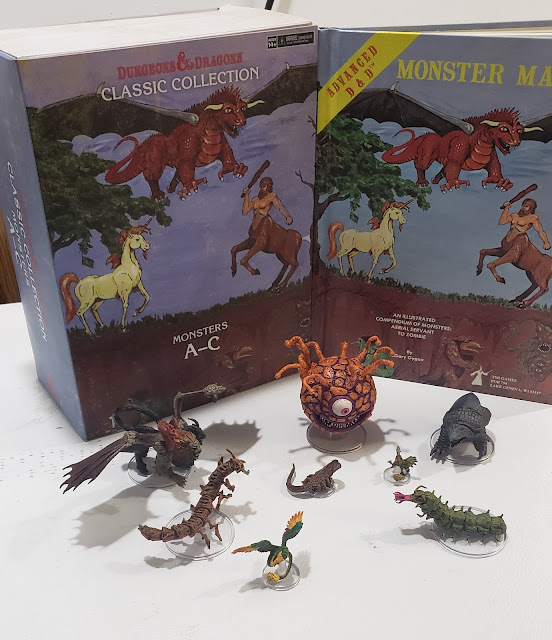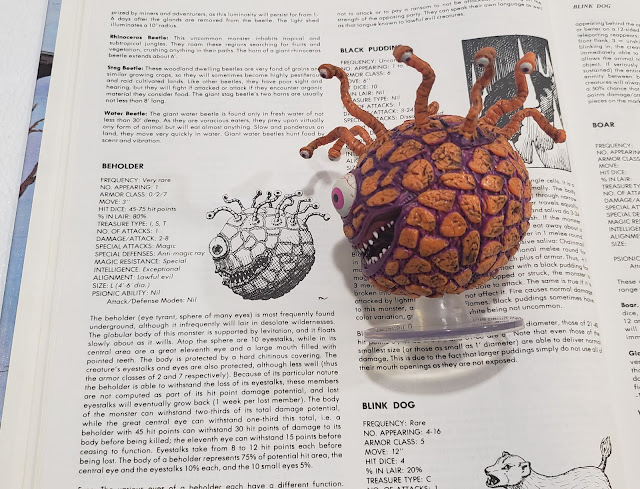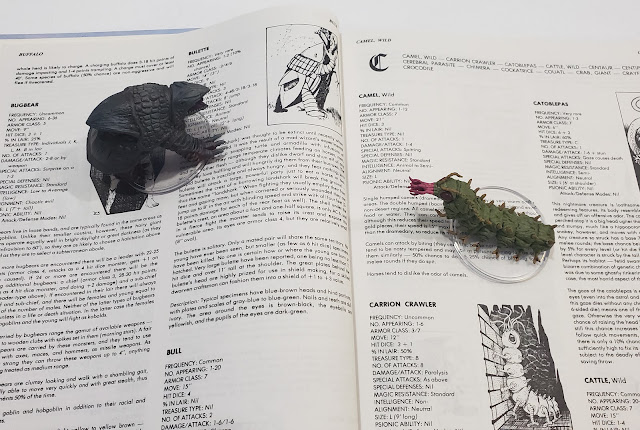Messiah of Evil (1974)
This movie follows some old tropes. Old, even by the time of this movie and certainly one we have seen a lot. A woman, this time Arletty played by Marianna Hill, is searching for her artist father who has ended all communication with her. Told in flashback to her psychiatrist she talks about how she arrives in the coastal town of Point Dume, formerly "New Bethlehem," to find him. She finds instead an odd man Thom (Michael Greer), and his two young groupies Toni (Joy Bang) and Laura (Anitra Ford). They are also interested in Arletty's father.
We learn, through various means, that the town is cursed and that during the Blood Moon the people will change and begin to eat raw flesh. This is told to us a few times to make sure we remember it. Even dear old dad comes back from the dead to tell us.
Anyway, town's people start dying, Arletty reads some of her father's notes talking about how he is changing, and she notices she is changing the same way. The groupies get picked off and eaten by the townsfolk and soon they come after Arletty and Thom.
In the end, Arletty is in the mental institution, but you get the idea that she is already dead.
The movie is all mood with some standard 70s-era zombies for blood and gore (and not a lot of that). It is not great, but not terrible either. We have seen the "Woman searches for lost family and only finds dead people" trope many times here. Hell, this isn't even the first one this month. But maybe there is something to that. Instead of a castle in Europe, it is an artist colony in California.
I think this film had high aspirations and a limited budget for achieving them.
Featured Monster: Ghouls
The movie is unclear on what sorts of undead the town's folk are. But the connection to "new religion" and Donnor Party made in the tales of the Blood Moon lead me to conclude they are ghouls. Granted not the grave robbing undead, but something a little more intelligent than a zombie and less powerful than a vampire.
Now. It would be foolish of me to think this movie had any influence on the Monster Manual at all. But that doesn't mean we can look at ghouls a new way because of this movie.
The film's dream-like, or more to the point, nightmare-like quality makes it a good model for a Ravenloft adventure. Especially if you imagine Point Dume as part of Ravenloft.
The whole trope (woman seeks out weird family) really is a model for Ravenloft. Adding in the walking dead just seals the deal.
October Horror Movie Challenge 2024
Viewed: 24
First Time Views: 13

.jpg)




















